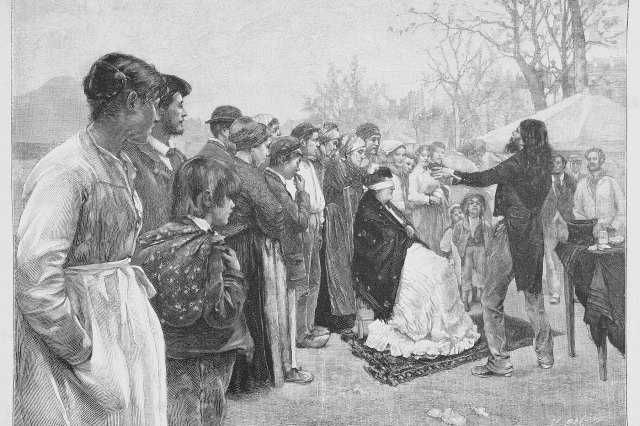Dynamite was invented by the namesake of the Nobel Prize.
Since its inception in 1901, the Nobel Prize has been synonymous with scientific and artistic genius. However, many people don’t realize it was named after the Swedish chemist who invented dynamite in 1867, Alfred Nobel. The powerful explosive was one of the most consequential inventions of the Industrial Revolution, transforming the way large-scale infrastructure projects such as roads, canals, and bridges were built. Dynamite was not only more potent than previous forms of explosives, but also more stable and easier to control, making it an ideal substance for efficiently blasting through mountains, earth, and other obstacles.
The invention of dynamite and several related substances made Nobel a very wealthy man: By the time of his death in 1896, he had amassed what was at the time one of the world’s largest private fortunes. In his will, he stipulated that the majority of his personal wealth should be invested in a fund of stable securities and apportioned out every year in the form of prizes recognizing individuals who had “conferred the greatest benefit on mankind.” The prizes were awarded in five categories: physics, chemistry, physiology or medicine, literature, and (perhaps ironically for a man whose fortune came from explosives and weaponry) peace. The first Nobel Prizes were awarded in 1901, five years after the namesake inventor’s death. In 1968, Sweden’s central bank introduced a sixth Nobel Prize category, economics, which is now awarded annually alongside the five original categories dictated by Nobel’s will.















